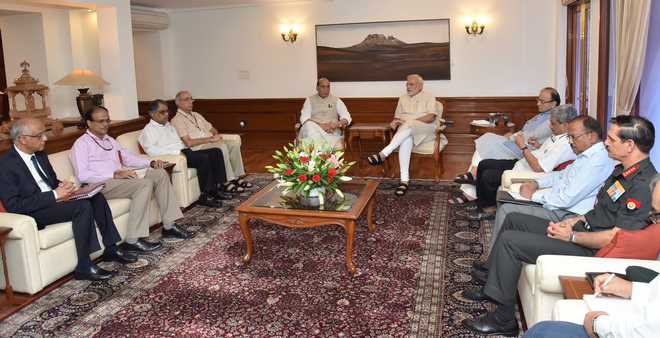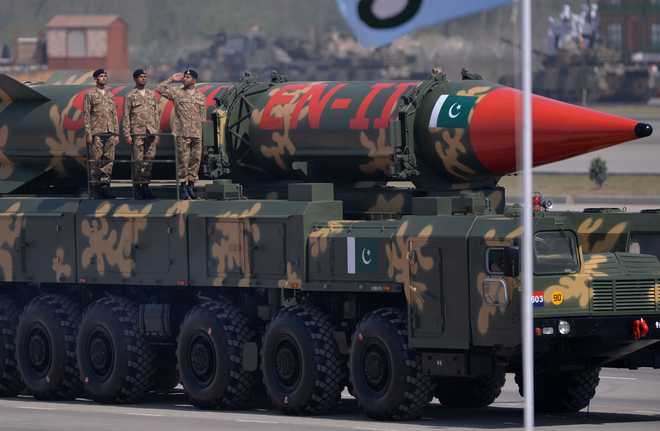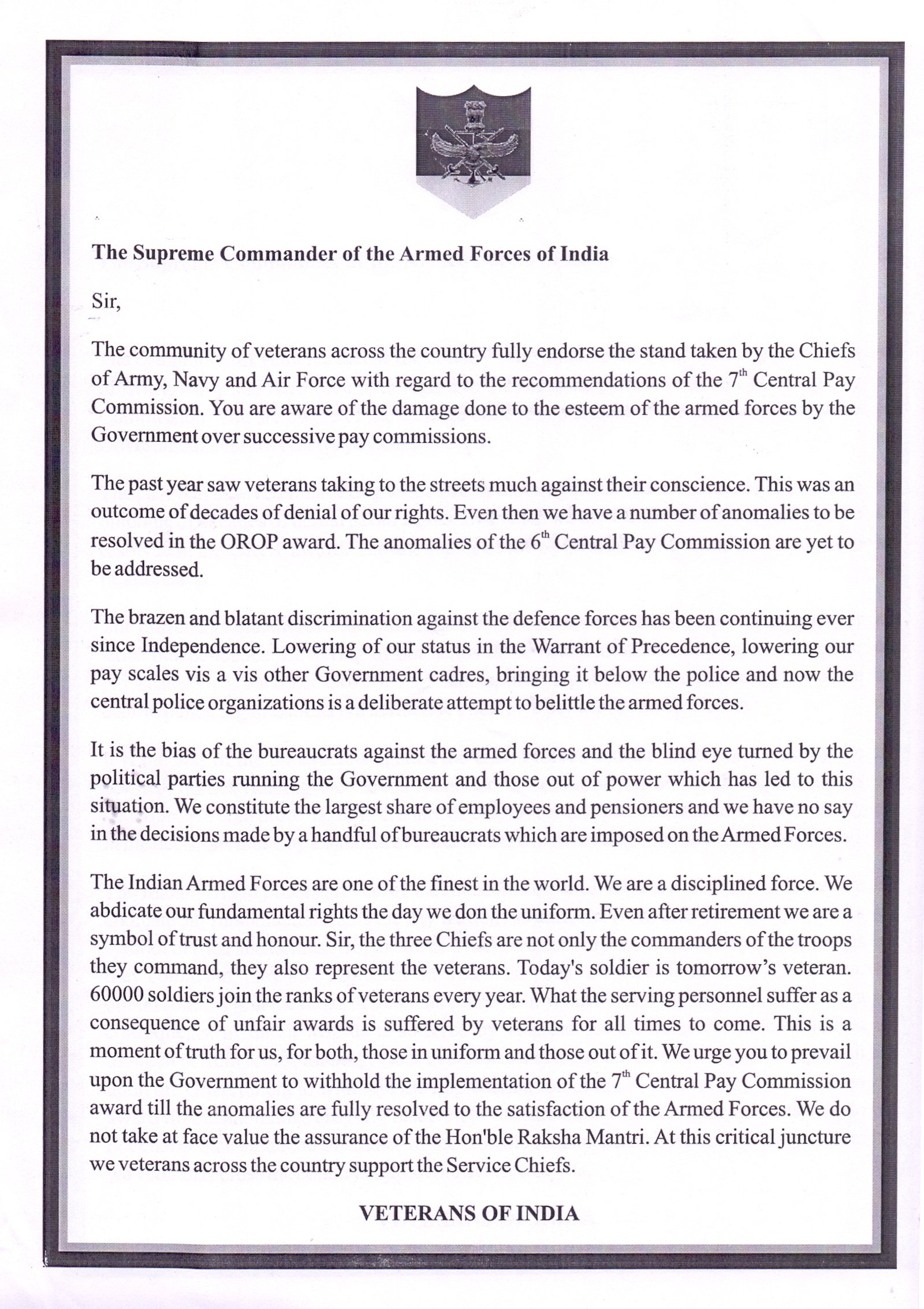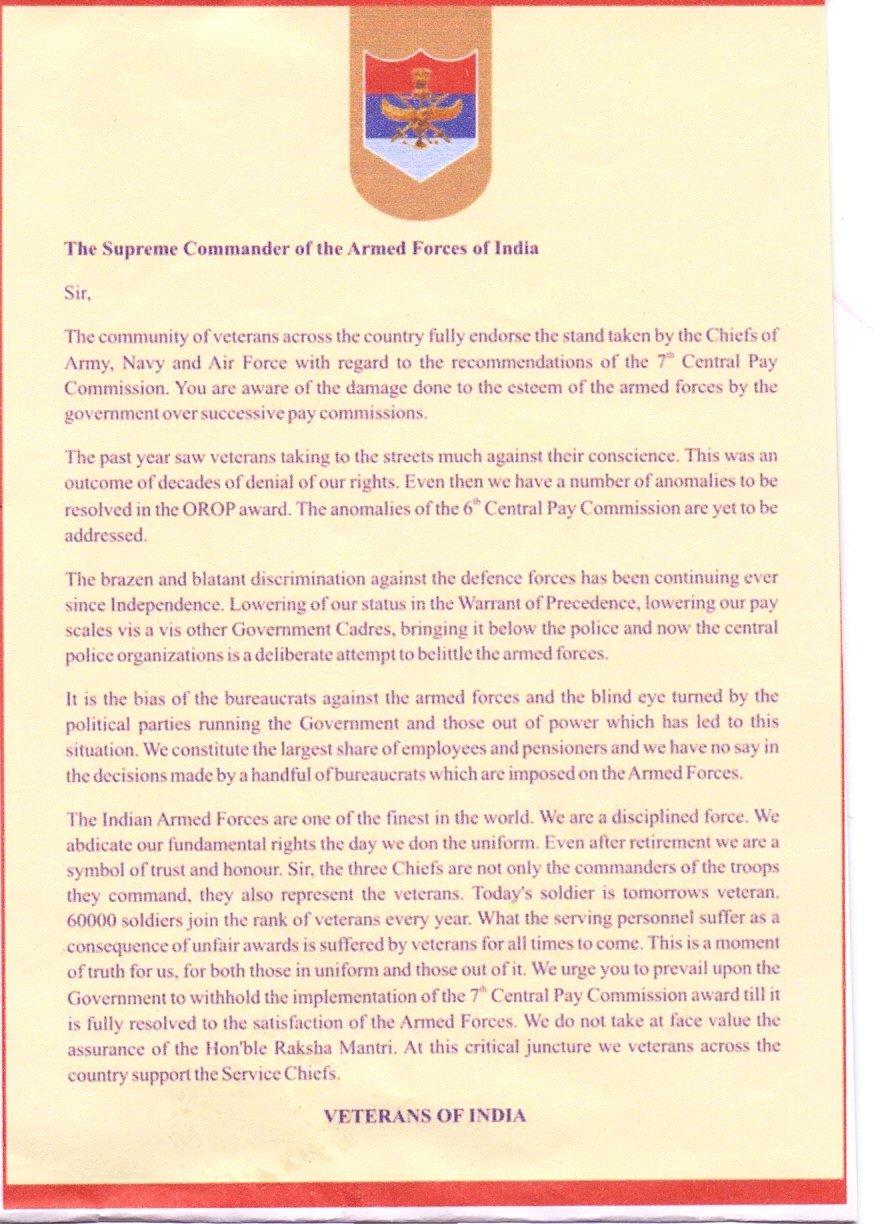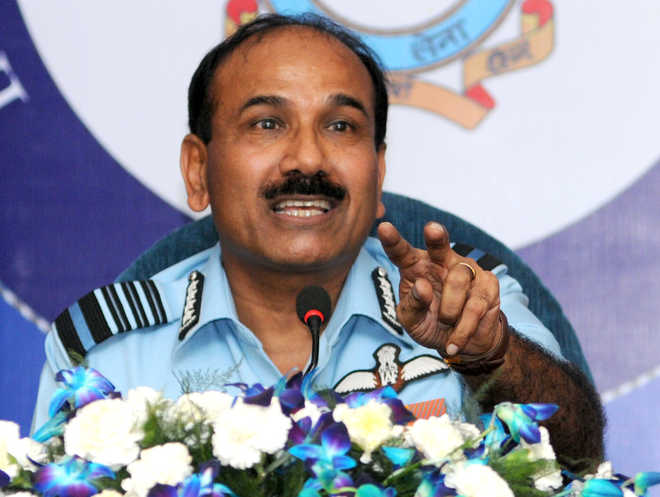MoD working on multiple options, next 5-6 yrs crucial for Air Force to induct technology

The first of the Rafales will start coming in by September 2019 and the full fleet shall be operational by April 2022. File photo
Ajay Banerjee
Tribune News Service
New Delhi, September 24
Equipped with the latest missiles which widen the arch of offensive operations, the Rafale fighter will be a potential game-changer for India’s airborne capability on several fronts.India has signed a contract with France to buy 36 such jets at a cost of Rs 58,828 crore, a huge sum but modern technology does not come cheap.Chiefly the Rafale will provide: dependability of having the very latest technology-backed air-strike platform; ability to hit enemy targets which are further away due to its flight radius of some 1,000 km; be available for five sorties per day instead of three of the Sukhoi 30 MKI; a new set of onboard radars to help pilots navigate and also strike; a new set of missiles that hit targets further away; and infusion of new technology in the Indian Air Force that is presently operating at its lowest level of fighter jets in the past decade.The Rafale will bridge the shortfall of the fast-dwindling fighter squadrons. India needs 45 fighter squadrons to counter a combined threat from Pakistan and China. Currently, it has only 33, where each squadron has 18-20 jets. Of these, the vintage MiG-21 and MiG-27 form 11 squadrons. The Sukhoi 30-MKI populates 10 squadrons, the 1970s design British Jaguar six, followed by French Mirage 2000 and Soviet Union’s MiG-29 in two and three squadrons, respectively. The last three are being upgraded with better missiles and avionics.Rafale will be in some ways be superior to what the Chinese presently have in their arsenal, but Beijing is producing its own platforms and weapons and with the next generation J-20 fighter jet getting established, India will need to carry forward its plans rapidly and catch up with Beijing over the next five-six years by widening its ‘make in India’ footprint.The first of the Rafales will start coming in by September 2019 and the full fleet shall be operational by April 2022. In the intervening period, the Ministry of Defence (MoD) led by Manohar Parrikar, needs to focus on a multi-pronged approach to meet future needs. The Rafale deal was negotiated for 18 months – ‘lightning fast’ going by MoD’s record. As the good news filters in, the MoD is already working on multiple options – at least four of which are known – to bridge the technology gap of the IAF and add newer planes.The first is to quickly induct the 106 Tejas “Mark-1A”. The MoD has set a 2018 deadline for the first aircraft to be ready with a target to complete its production by 2022-23. The second is to have an additional assembly line of Indian-made fighter jets. This could be a joint venture with a US or European company setting up a plant in collaboration with an Indian partner. The third is completion of the production schedule of 272 of the Sukhoi 30-MKI, expected by 2020. The fourth is to ink an agreement with Russia to co-develop and produce a fifth generation fighter aircraft (FGFA) with stealth features and the works.The Sukhois were ordered in phases since 1997, the IAF wants 272 of these in its fleet by 2020. The agreement for the FGFA is expected to be inked when Prime Minister Narendra Modi and Russian President Vladimir Putin meet next month.Make deal details public: AntonyNew Delhi: The Opposition Congress on Saturday expressed concern over the “diluted” Rafale aircraft agreement reached between India and France yesterday and demanded that details of the deal be made public.Former Defence Minister AK Antony raised several question marks on “sufficiency” of the deal asking the BJP-led government how it planned to arm the IAF with a mere 36 aircraft deal.“During the UPA’s tenure, it was decided to purchase 126 medium multi-role combat aircraft to meet the IAF’s urgent operational requirement. As per the IAF, 126 was the minimum operational need then. Today, the scenario is even more critical. What is the plan of the government?” said Antony, addressing reporters on Saturday.The former minister cited the sanctioned strength of the Air Force as 42 squadrons and said in the current volatile situation, the country needed more, and not less, jet strength. “The sanctioned strength is 42 squadrons and the available strength is 32 squadrons. By 2022, this strength will be reduced to 25 squadrons. How will the government equip the IAF with more aircraft,” asked Antony. Antony asked how the government would bridge the gap with respect to China and Pakistan who were augmenting their air strength. — TNSBoeing to supply Harpoon missiles to IndiaWashington: The US Department of Defence has given a $81 million contract to Boeing for the supply of all-weather, over-the-horizon Harpoon anti-ship missiles to India. According to the contract details, Boeing has been awarded $81,271,024 for firm-fixed-price modification to a previously awarded firm-fixed-price contract to exercise an option for the procurement of 22 Lot 89 Harpoon missiles, associated containers and components for the Government of India under the Foreign Military Sales programme. The missiles are expected to be ready in June 2018. PTI



